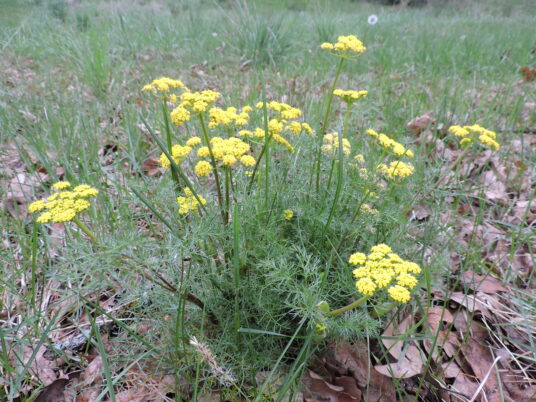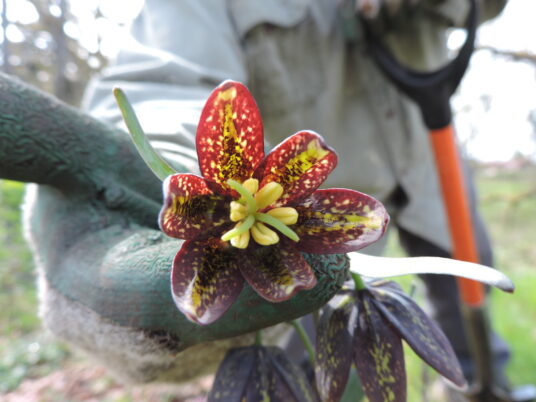Plastic Birds and Pretend Owls: Earth Day for CPTC
Earth Days with Clover Park Technical College
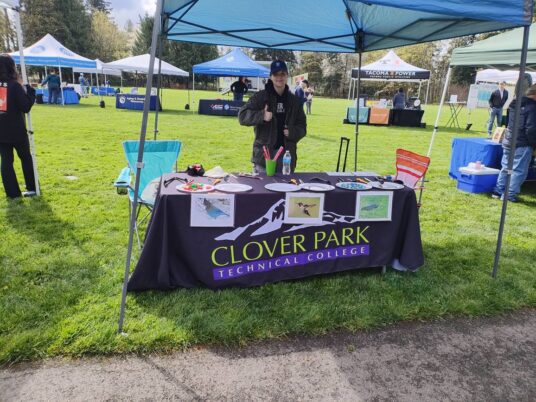
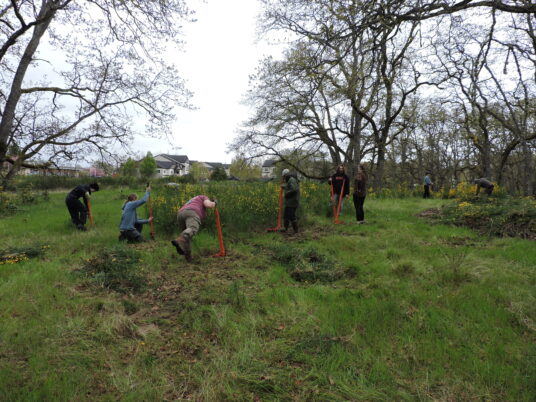
There’s a slight joke among the Environmental Science & Tech department that goes, “we treat every day like it is Earth Day”, but there are days when the joke goes further than others. For the Month of April, CPTC managed to squeeze in two separate sessions and had a blast at both.
Saturday, April 12: Earth day celebration at Meridian Habitat Park
This year, Pierce County Planning & Public Works renewed its partnerships with regional organizations and colleges. Thanks to supplies from Ericka Lynch, the CPTC Manager of Student Diversity Outreach, we were armed with a full booth of materials, candy, and swag for adults, CPTC set up and hosted a popular activity planned and refined by Dr. Faust: children and a few parents had to examine different nests full of baby birds, and determine which tool the adults would use to pick up food—in this case, tiny glass fish—and drop it on a photograph of an open mouth. Easier said than done, it gave everyone a chance to think of how wildlife adapts to feed itself and its young. Flyers about the school went fast!
Jay Hart held down the stall for us at the Earth Day fair on the grounds of Meridian Habitat Park. After finishing his Associate’s in the CPTC Env-Sci program, he returned for the new BA program and was one of its first graduates. He currently works for Pierce County Parks & Rec. Jay was in an ideal position to set us up smoothly, and tries to be available for the college when it needs a helping hand.
Despite concerns over the weather, the day turned out unexpectedly soft and mild with a respectable turnout of families and dogs. It was a pleasant sound-off before the Park engaged in a temporary shut down as they work to improve accessibility. The closure will begin in May and last for an unknown period of time, so visitors were ready to enjoy the weekend as much as possible.

Saturday, 19: April Habitat Restoration at the CPTC Outdoor Lab
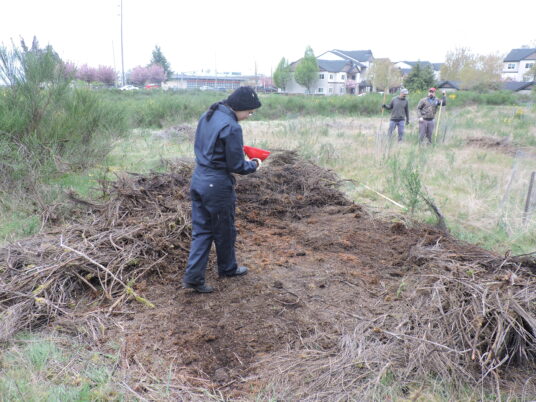
The following Saturday saw CPTC’s monthly habitat restoration. With a decent turnout of students past and present, staff, and volunteers, the Flett Uplands enjoyed the following improvements:
- 1,000 square foot removal of invasive Scotch Broom
- 100 square foot removal of Woodland Hyacinth, a non-native ornamental.
Discoveries of culturally and regionally important native plants:
- Desert Parsley, or Biscuitroot: A relic from the South Puget Sound Prairies, this little plant is a culturally significant food-source for the Indigenous people, plus a vital source of nectar for native pollinators. It can make the ground glow golden for an all-too brief moment in the spring.
- Fawn Lily: also called Avalanche Lily, Glacier Lily, Oregon Lily. Oddly, of all the names, it isn’t even a lily at all! The plant is slowly returning to the area thanks to dedicated residents of Puget Sound. This short-lived bloomer thrives in Garry Oak ecosystems and under snowberry bushes.
- Chocolate Lily, Checker Lily, Fritillaria, Kamchatka fritillary, Rice Root: This little forb thrives in soil as varied as tide flats to the chilly higher elevations. Easily overlooked, it took the Environmental Science Department almost three years of searching to find the viable plots in the uplands.

Photo Derek Faust. Biscuitroot. 
Photo Derek Faust. Fawn Lily 
Photo Derek Faust. Chocolate Lily close-up
In fauna:
- Upswing in beaver and otter activites
- First sighting of mallard ducklings
- First sighting of nesting Canada geese
- Return of the Cinnamon Teal
And the biggest surprise of all:
Volunteer Cherie St. Ours sent us word on these and new news: The discovery of the native Northern pygmy owl in the lowlands!
This little owl— not even 7 inches long–is an uncommon native of Pierce County. Its last species sighting at CPTC was in 2020, and that was partial remains found after predation on campus. Almost impossible to see from its small size and camouflaged plumage, it has driven many birdwatchers to frustrated tears. A heavy insect eater and predator of birds up to three times its own size, the Northern pygmy-owl habitats in woodpecker holes and ignores all human attempts to use man-made nesting boxes.
Owls are infamous for being able to turn their heads almost all the way around, but the NPO has another trick to add: The feathers at the back of the head are marked, making it look like it is looking at a potential predator in both directions. This massive mask of pretending lowers its chances of being mobbed and hunted by other birds, as they are hesitant to attack an owl “head on”.
There is a great deal left to learn about the species, but scientists know they have a preference for deciduous and mixed conifer forest near waterways. The Outdoor Lab for CPTC is thus ideal.
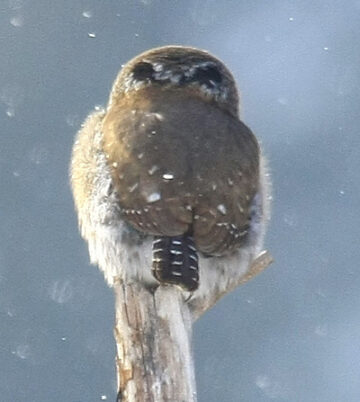
In closing,
True Earth Day is on April 22. It is a good time to explore the campus and one’s neighborhood for signs of returning spring. While it happens every year, every year is very different, and it would be a pity to miss out on the new discoveries!

